Ahead of the Trump-Putin summit in Alaska to discuss Ukraine, President Trump said there would be “some land swapping.” He waxed lyrical about “prime real estate.” The summit’s location is a good example of land swaps and prime real estate and is in a region of growing geopolitical importance.
In 1867 Russia “swapped” Alaska for $7.2 million in a deal mocked as Seward’s Folly after Secretary of State William H. Seward who negotiated the exchange. It turned out to be a snip. Commercially viable oil was discovered three decades later and has brought in more than $180 billion in revenue since Alaska became a state in 1959.
However, it’s not just the 49th state’s oil (and gas) which makes it so important, it’s the maxim which is so close to prime real estate agent’s hearts – “location, location, location.” Alaska sits on one side of the Bering Strait which separates the US from Russia. The Strait connects regions each country considers vital for trade and security – the North Pacific, and the Arctic.
Strategic thinking in Moscow increasingly views the entire Arctic coastline as a continuous domain stretching from Norway, across the top of Russia, and then down through the Bering Strait. The route links Russia’s Northern Fleet, based in Murmansk on the Arctic, to one of the main bases of its Pacific Fleet in Kamchatka. This is the Northern Sea Route, or NSR.
The Arctic Ocean has begun to thaw seasonally, a trend expected to continue. This means the NSR is already navigable for cargo ships for at least three months a year without needing icebreakers. Ships taking this route from Asia to Europe can sail 5,000 fewer miles than via the Strait of Malacca and Suez Canal. Journey times are cut by at least ten days with concurrent savings in costs. The savings (including insurance) are even bigger if compared with the path around Cape Horn in Africa which some vessels now take due to the Houthis firing at ships in the Red Sea en route to Suez.
Russia charges vessels a tariff in parts of the NSR’s waters, all of which are within its Exclusive Economic Zone. Over the next few decades this source of revenue will increase concomitant with more frequent use, while Egypt will see a decline in fees for the Canal. The melting ice caps, and new shipping route, also make the Arctic’s untapped deposits of rare earth minerals, oil, and gas more accessible. The eight Arctic countries all hope to benefit from this but others, notably China, are also involved.
These are the reasons why more than a decade ago Russia began re-establishing its military power in the Arctic. It has reopened bases mothballed at the end of the Cold War and invested in new airfields, radar stations, and infantry equipped with “Arctic-proof” drones built to withstand the climate.
The Strait connects regions each country considers vital for trade and security – the North Pacific, and the Arctic
This has drawn attention back to what was thought of as a conceptual relic of the Cold War – the Greenland-Iceland-UK (GIUK) Gap. This gateway to the Atlantic consists of the sea lanes the Russian Navy would need to pass through to strike targets in Europe or the Northeast American seaboard – hence President Trump’s interest in Greenland. The world’s largest island is the shortest route to the eastern parts of the US for Russian submarines and missiles. Controlling Greenland would allow the building of more radar stations and missile defense systems in addition to the Pituffik base which is home to part of US Space Force. It would also allow access to Greenland’s huge supplies of cobalt, uranium and lithium – metals upon which the Americans are overreliant on China.
It is to be hoped that President Trump knows some of this history and geography because the fate of Ukraine is connected to what happens in regions listed above. A victorious Russia would embolden Putin to continue pushing out in all directions – towards Moldova, the Baltics, Kazakhstan, and possibly even the Bering Strait.
The “Baker-Shevardnadze Line” across the Strait was agreed between the USSR and US in 1990. However, although Russia and the US later agreed that it marks their maritime border Russia never ratified the deal and said it would only observe it on a temporary basis. Moscow is no position to seriously contest the line, or passage through the Strait, but may do in the future especially if it wins in Ukraine. There are even nationalist voices in Russia claiming Alaska is Russian and that the country was cheated out of its ownership.
However, Seward’s Folly is now a fully integrated part of the US, its economy, and its defense strategy, as reflected in the air bases and ballistic missile defense systems located in a state which is closer to Moscow than Washington, DC. As well as being keenly aware of the above, the US looks southward. So does Russia.
The Aleutian Islands, for example, are part of Alaska and host some of America’s missile defense system. The chain stretches 1,000 miles across the southern part of the Bering Strait towards Russia’s Kamchatka Peninsula – home to Russia’s Pacific Fleet submarines and long-range fighter jets. Further south is the Fleet’s main base in Vladivostok. Everything is connected, and the gateway to the Arctic is the Strait.
It’s importance waxes and wanes, 56 million years ago the region was tropical. It’s heating up again, in many ways.



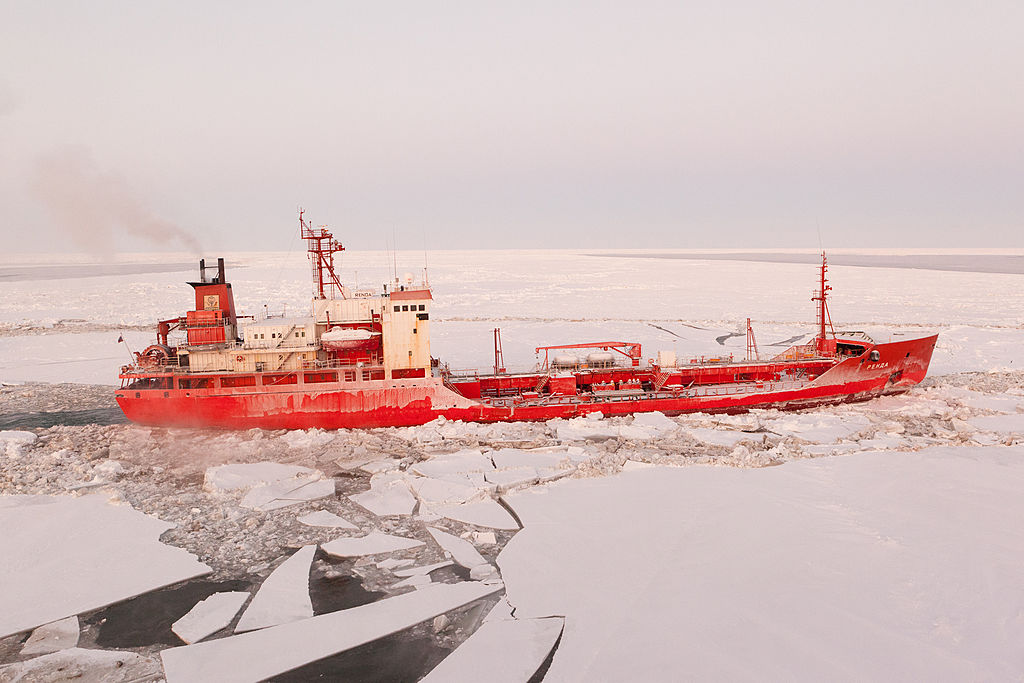










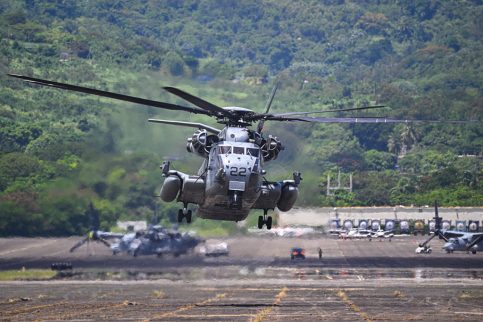
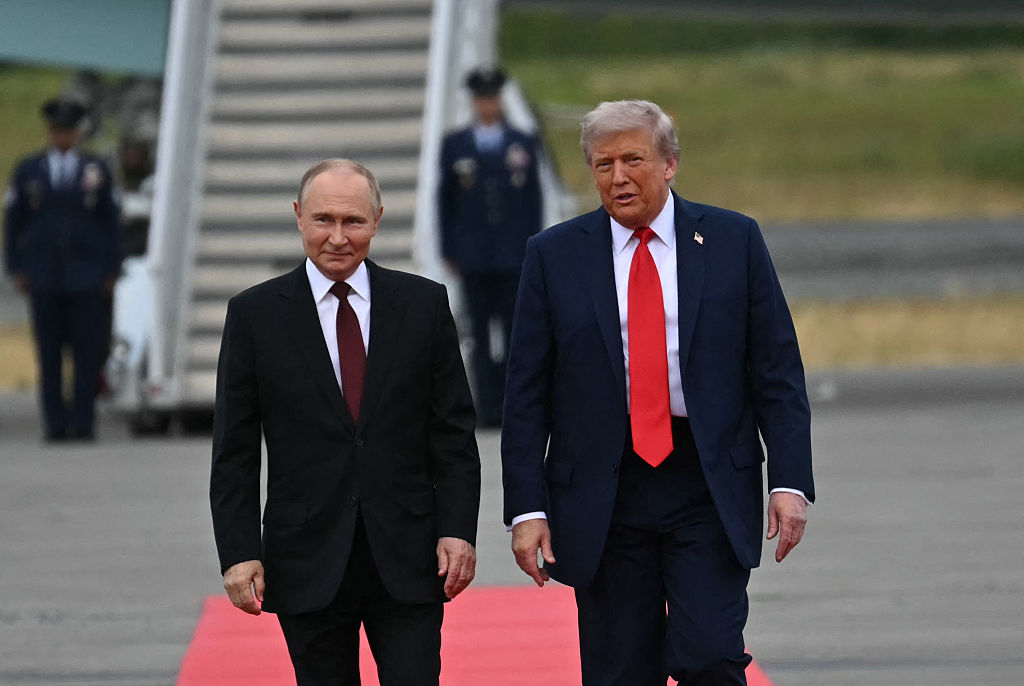
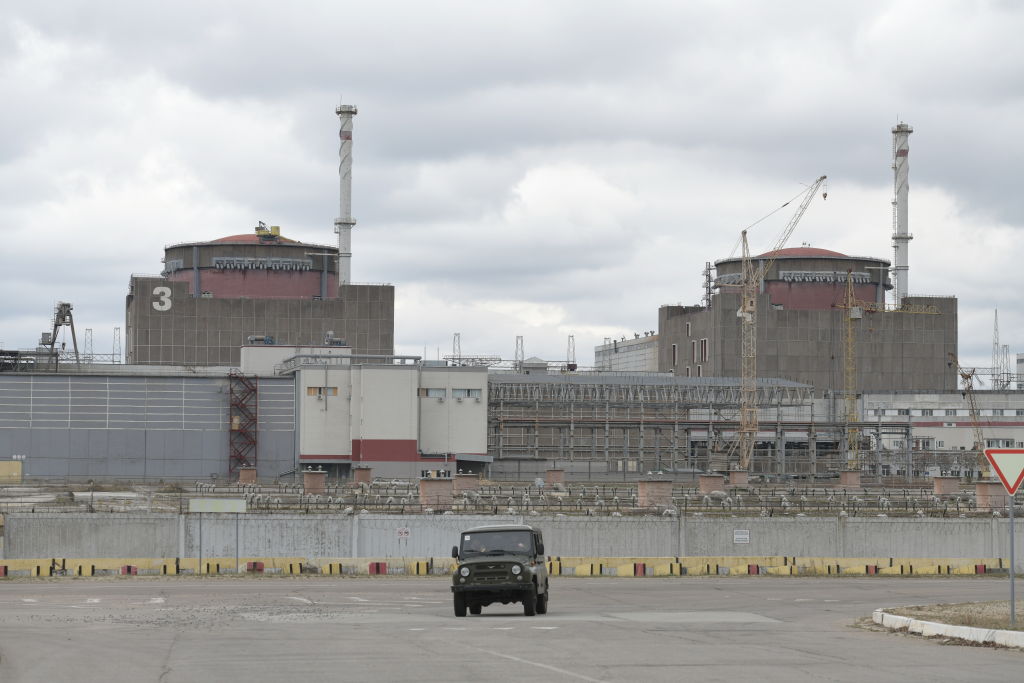
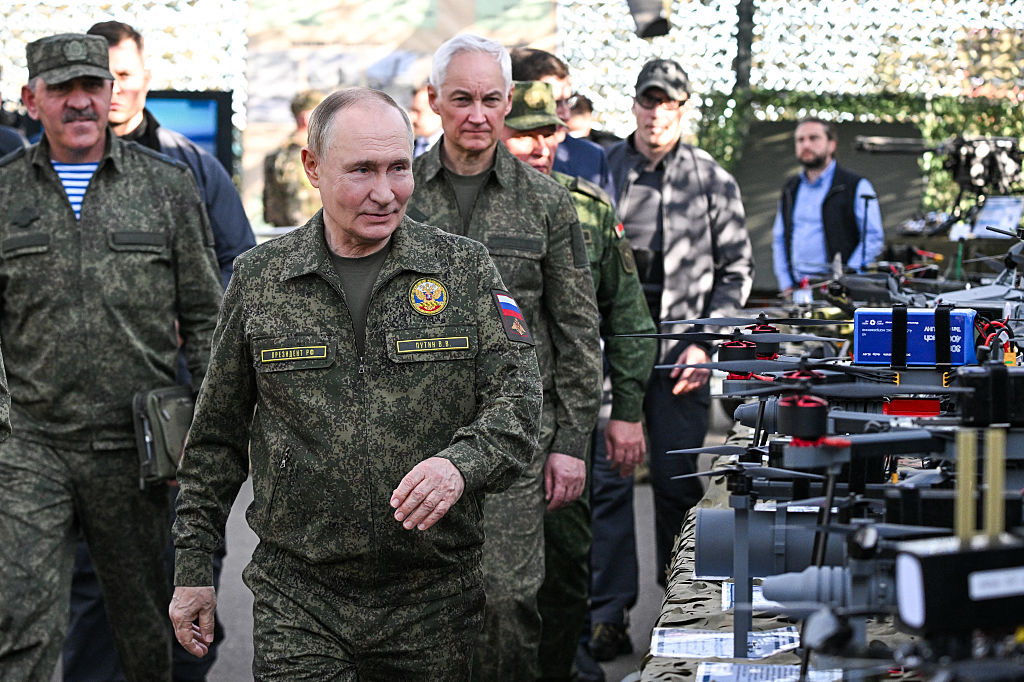
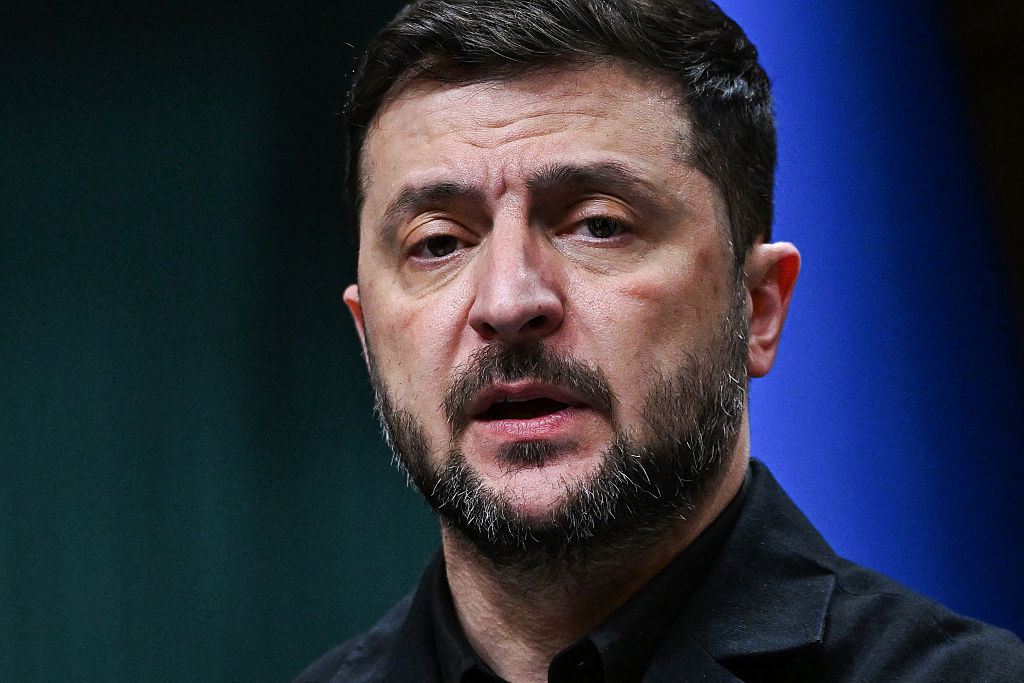

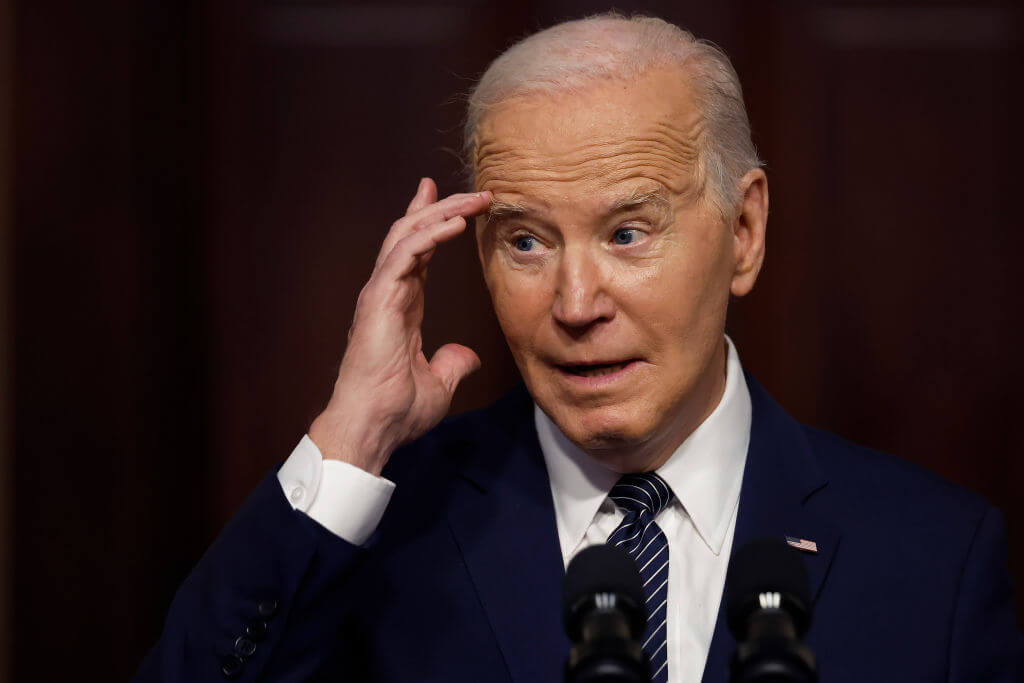



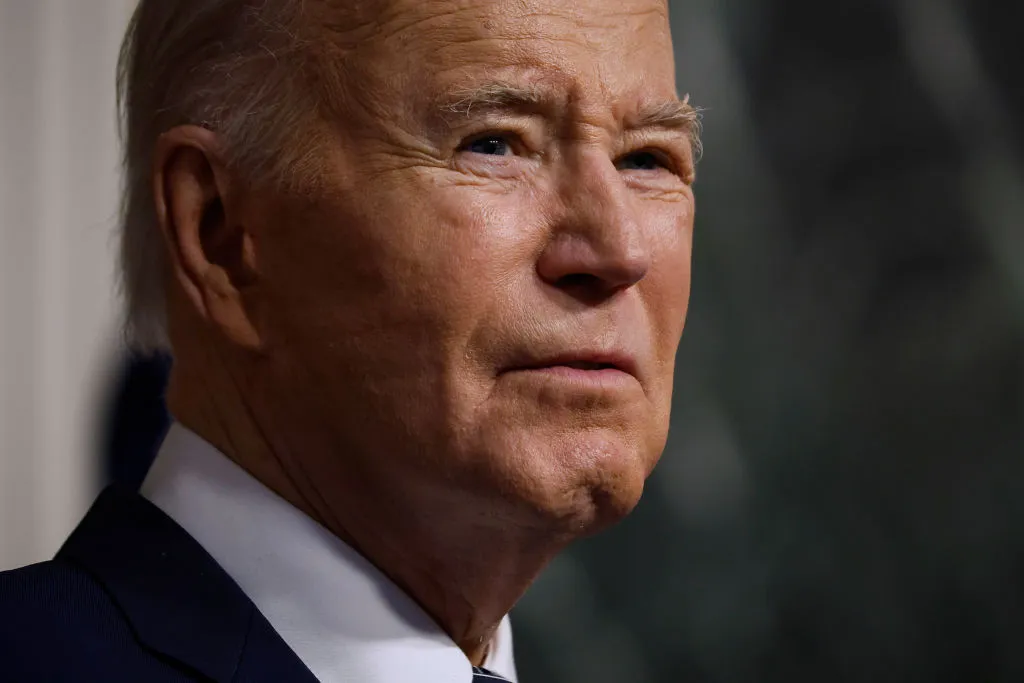

Leave a Reply